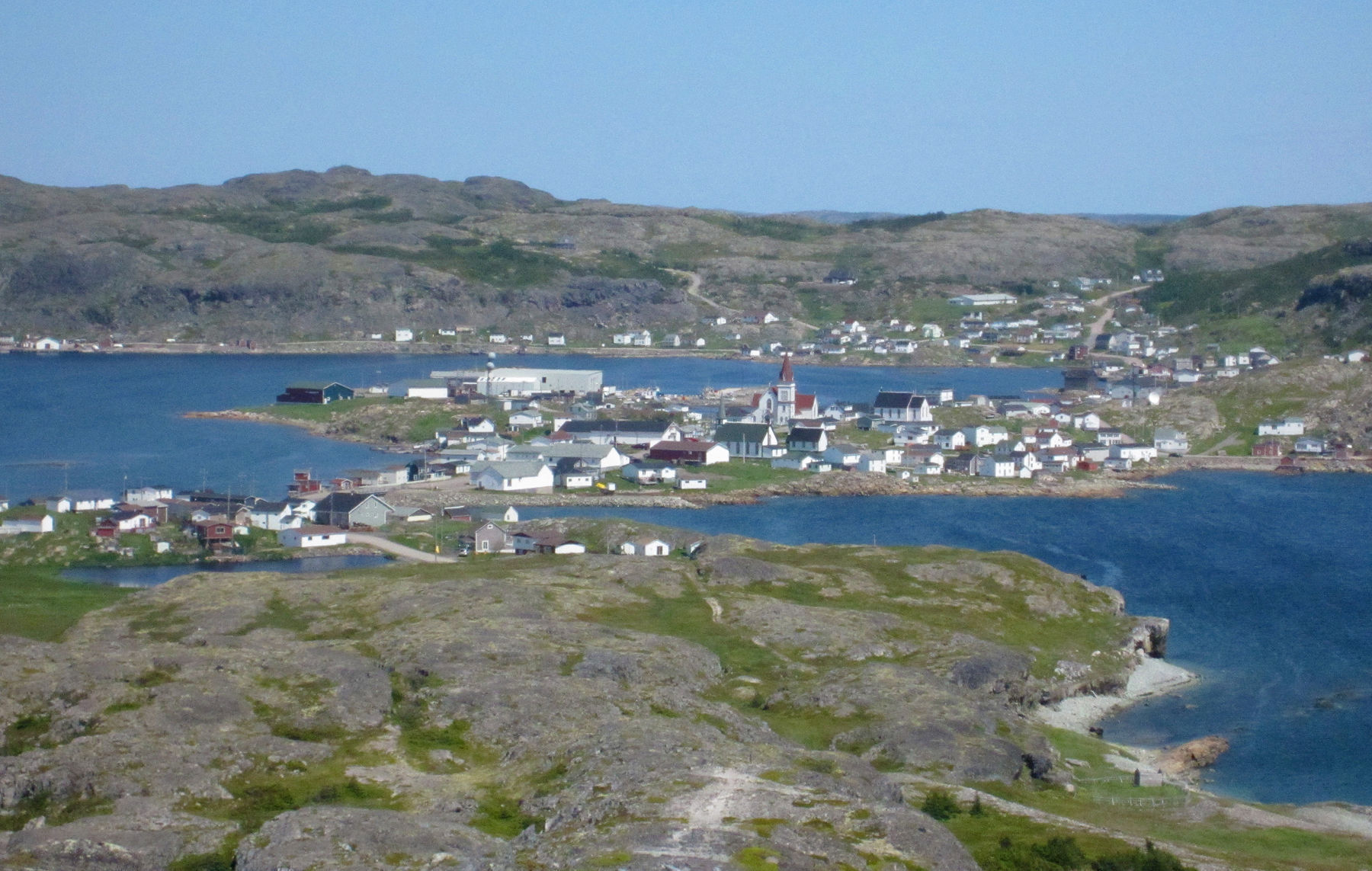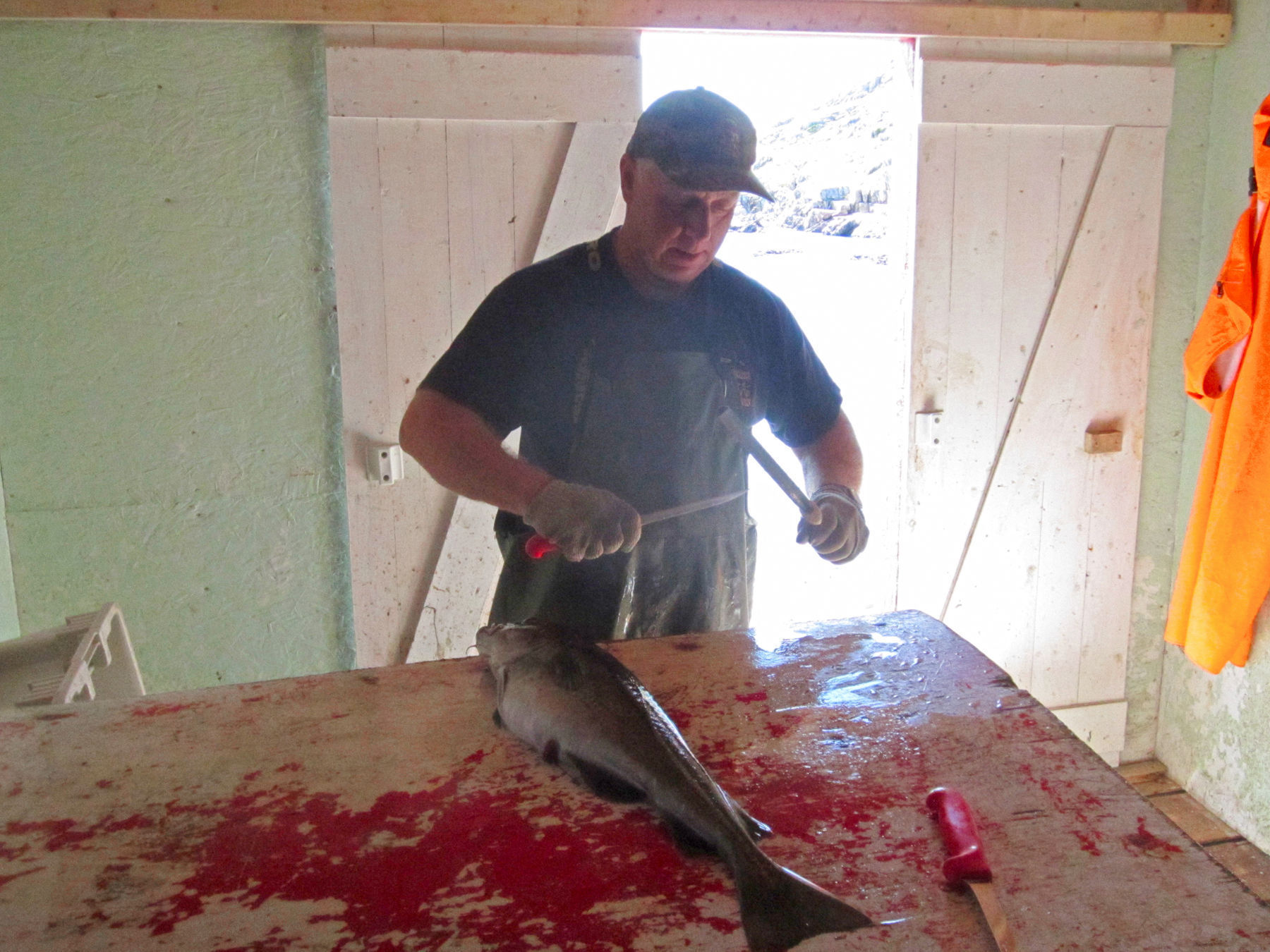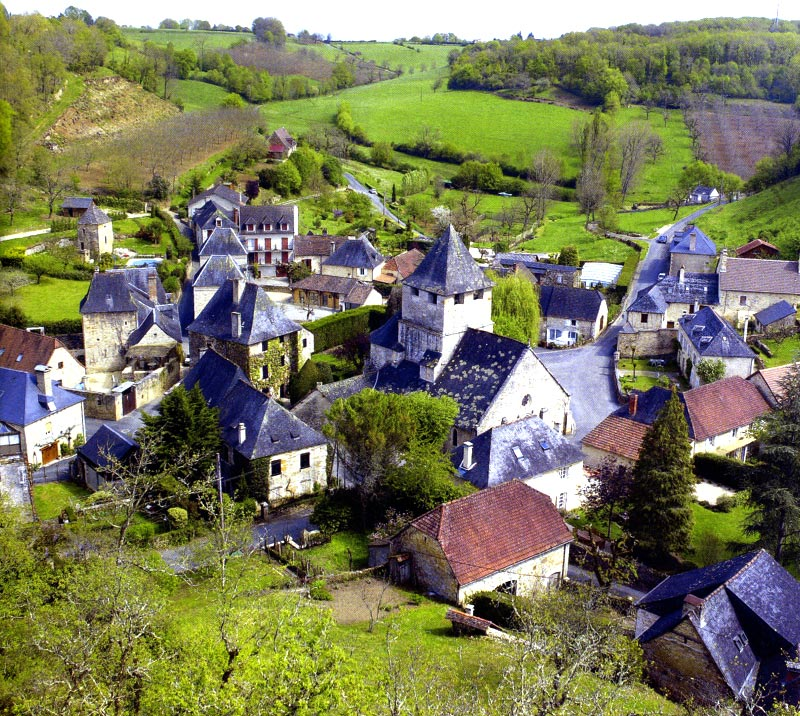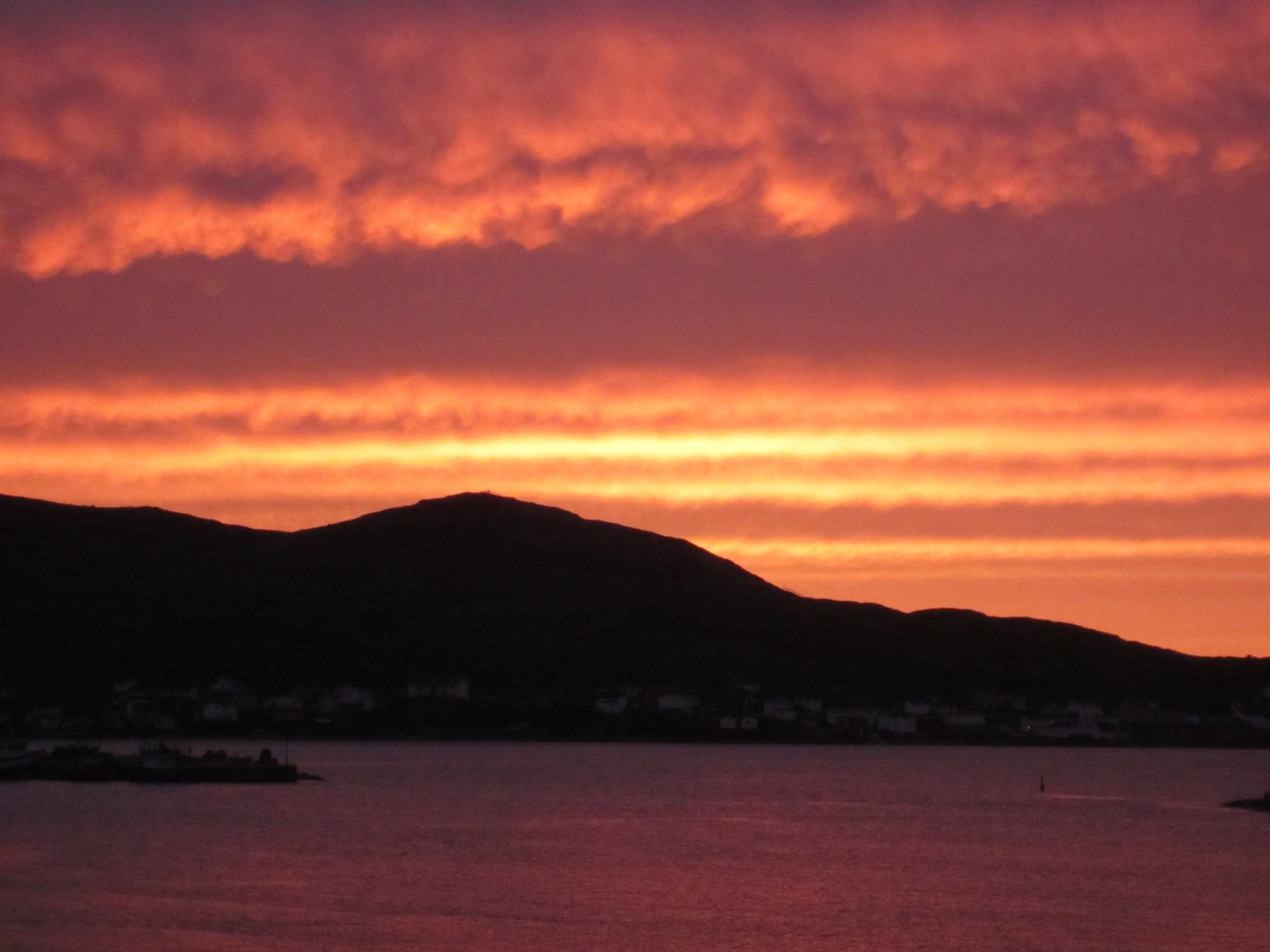Moose meat. I knew I was a true “Newfie” when, at the end of my first week on Fogo Island, Newfoundland, I actually started craving moose meat (I really loved it). I even felt like a Newfie when tourists would ask me for directions. Of course, as soon as I opened my mouth and talked, they could tell by my accent I was not a local (isolated even from the main island of Newfoundland, the residents of Fogo Island still speak with Elizabethan English and Old Irish accents).
â–º QUARTER FINALIST 2012 TEEN TRAVEL WRITING SCHOLARSHIP
I lived in the village of Fogo (population 748) on the island of Fogo (population 2,706) for six weeks last summer. Fogo Island is located off the northeast coast of Newfoundland, Canada, about 900 miles northeast of Portland, Maine as the crow flies. The island is approximately fifteen miles long and nine miles wide.
I shared a house with two college art students who were on the island to paint and photograph. Every evening we walked about a mile to the home of a retired fisherman and his wife for dinner – precisely at 5pm. Dinner included all types of local foods, including moose meat lasagna, moose meatloaf, tern, various caribou dishes, partridgeberry pie, and of course cod. I loved all the food, even the cod. Before leaving for Fogo I was very concerned that my meals would consist of baked cod, fried cod, broiled cod, and grilled cod, but there was more variety than I had expected.
I came to the island to undertake research for my senior year capstone project on the history of the island and the response of the islanders to the economic crisis resulting from the depletion of cod fishing stocks. I spent my days interviewing fishermen, local government officials, and other residents about the depletion of fishing stocks and strategies for economic survival of the island; heading out to sea in traditional Fogo Island fishing boats to fish for cod; hiking; and touring the architectural award-winning artists’ studios established to draw tourists to the island.
Fogo Island existed for centuries on a cod-based economy, but the collapse of North Atlantic cod fishing stocks over the past few decades have forced Fogo Islanders to fight for economic survival. They have turned to art and eco-tourism to bring additional income to the island. By funding and building several artist’s studios in stunning contemporary architecture, the island hopes to attract resident and visiting artists – and their patrons – to the island (http://artscorpfogoisland.ca). The local Shorefast Foundation is building another modern architectural gem to house the Fogo Island Inn, designed to be a first-class rural retreat competing globally with other remote destination inns (http://www.fogoislandinn.ca).
It was exciting to read about Fogo fishermen going out to sea and catching cod, and then getting to do the same thing, using the same methods, in that same place. It makes the history so much more real, so vibrant in a way that no book, regardless of the topic or how well written, ever can.
There is a feeling on Fogo that I will never forget. Everyone is much more laid back than we are here. The people are incredibly friendly and there is a strong sense of pride. Fogo Islanders have retained pride in who they are and what they do. The islanders have persevered and continue to find a way to remain on their beautiful island through art and econ-tourism.
Dear Reader: This page may contain affiliate links which may earn a commission if you click through and make a purchase. Our independent journalism is not influenced by any advertiser or commercial initiative unless it is clearly marked as sponsored content. As travel products change, please be sure to reconfirm all details and stay up to date with current events to ensure a safe and successful trip.




